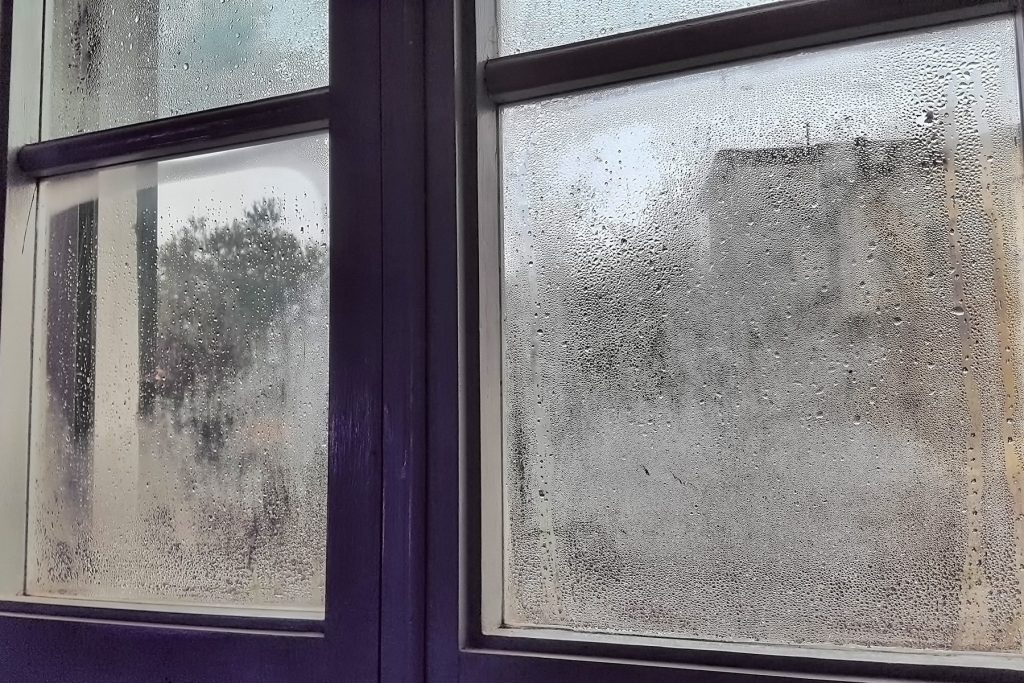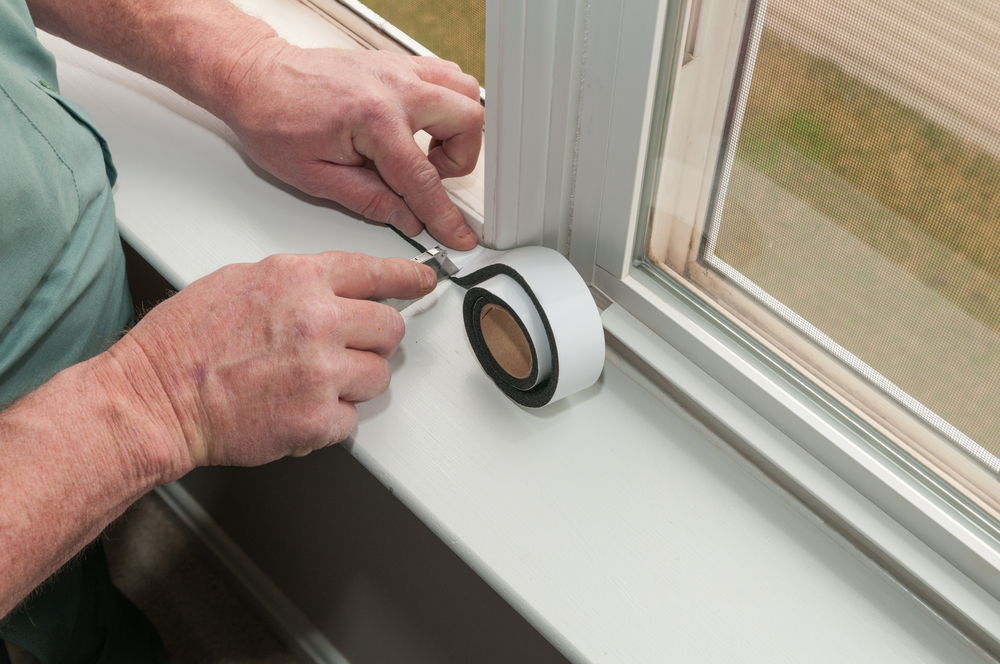Condensation on windows and glass surfaces is a common issue that affects many homes, especially during colder months. It not only obstructs visibility and creates an unpleasant aesthetic, but it can also lead to more serious problems such as mold growth, peeling paint, and wood rot. Fortunately, there are several simple and effective ways to reduce or even eliminate window condensation altogether.
What Causes Condensation?
Before diving into solutions, it’s helpful to understand why condensation forms in the first place. Condensation happens when moist, warm air comes into contact with a cold surface—like your windows. This causes water vapor in the air to cool and turn into liquid droplets on the glass. High indoor humidity levels and poor ventilation are the two main contributors to this problem.

Why It’s a Problem
While a bit of fogging may seem harmless, persistent condensation can be a red flag. Over time, constant moisture buildup can damage window frames and sills. If left unaddressed, it creates an ideal environment for mold and mildew, which not only harm the structure of your home but also pose health risks—especially for individuals with allergies, asthma, or other respiratory issues.
Here are some practical, affordable, and easy-to-follow methods to reduce condensation on your windows:
1. Improve Ventilation
Proper airflow helps keep moisture levels balanced. Make sure to air out your home daily by opening windows for at least 10–15 minutes. Use extractor fans in high-humidity areas such as kitchens, bathrooms, and laundry rooms. If you don’t already have them installed, consider investing in portable exhaust fans.
2. Use a Dehumidifier
A dehumidifier is one of the most effective tools in combating excess moisture. These devices pull water vapor from the air, helping to maintain a healthy humidity level inside your home. Keep humidity levels between 30–50% to prevent condensation from forming on your windows.
3. Keep Furniture Away from Walls
Allowing space between furniture and walls promotes better airflow and helps reduce areas where moisture might build up. When furniture is placed directly against walls, especially external ones, it can trap moisture and increase condensation in those spots.
4. Don’t Dry Clothes Indoors
Drying clothes inside your living space can release large amounts of moisture into the air. If you must do it indoors, ensure the room is well-ventilated or use a dehumidifier nearby. Whenever possible, dry your laundry outside or use a vented tumble dryer.
5. Insulate Your Windows
Double or triple glazing your windows helps keep the interior glass surface warmer, reducing the temperature difference that causes condensation. If window replacement is not an option, you can use insulating film kits as a temporary fix to help reduce cold spots on windows.

6. Use Moisture Absorbers
Place moisture-absorbing materials such as silica gel, baking soda, or calcium chloride in window sills. These materials naturally attract moisture from the air and are especially useful in smaller spaces like bathrooms or closets.
7. Keep Indoor Plants in Check
While indoor plants add beauty and fresh air to a home, they can also contribute to higher humidity levels. If you notice excess condensation, consider moving some of your plants outdoors or to better-ventilated areas.
Condensation might seem like a small nuisance, but over time, it can lead to costly repairs and health hazards. By identifying the root causes and implementing these simple techniques, you can create a healthier, drier indoor environment. Whether you choose to improve ventilation, invest in a dehumidifier, or simply reposition your furniture, these tips can make a big difference. Say goodbye to foggy windows and hello to a clearer, more comfortable home.

















